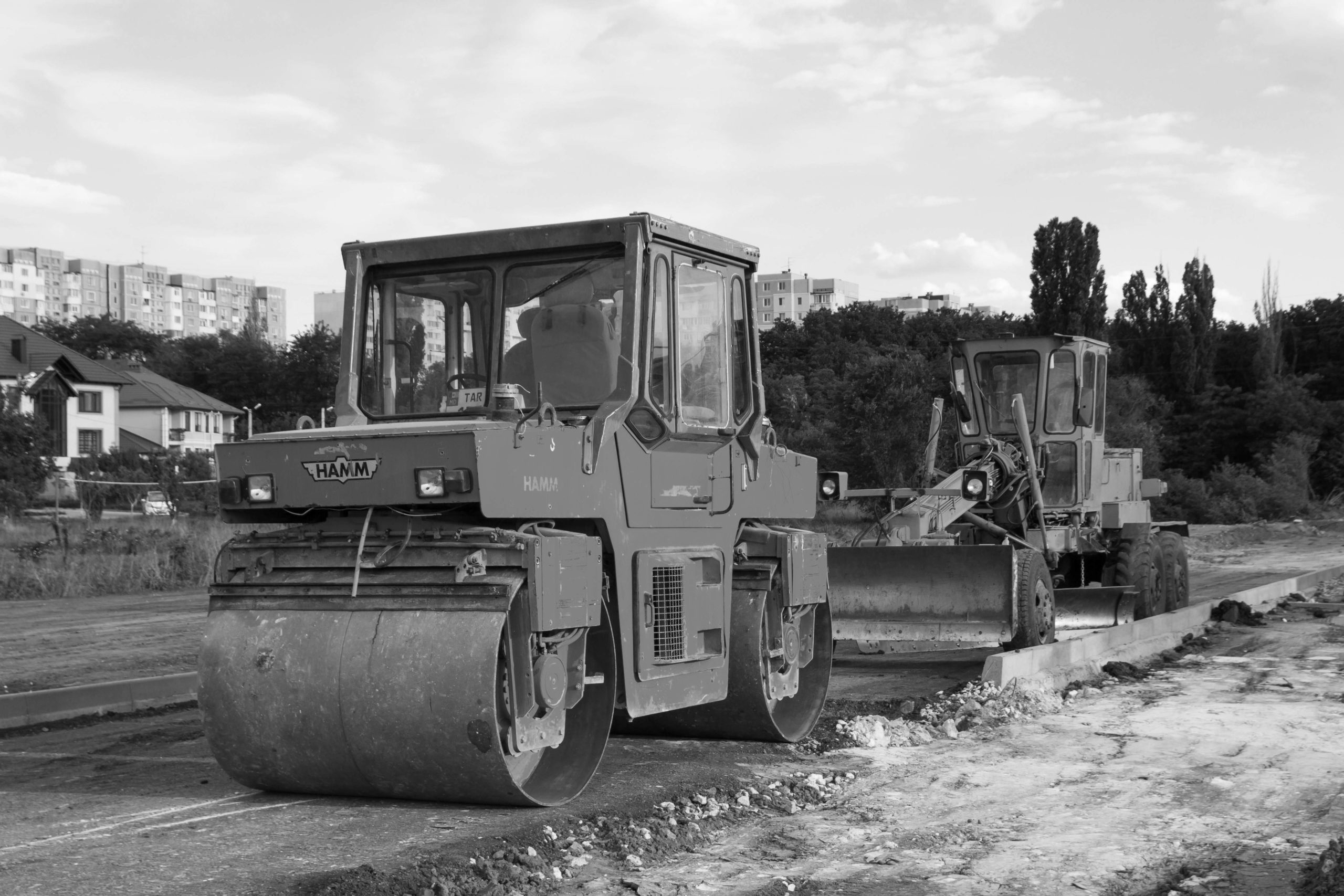Managing Coronavirus Risk on an Active Jobsite
As we have described in our blog posts here and here, construction in New Jersey and New York is curtailed, but all ongoing projects face the same practical issues. No matter where your project is, on-site the current circumstances present unique challenges.
For the safety of on-site workers and the general public, site management personnel should make all efforts to enforce best practices to limit the spread coronavirus. The New York City Department of Buildings posted some tips applicable to any site on Preventing and Remediating the Contamination of Germs on Construction Site, including staggering any required in-person meetings to minimize the number of people together in one place. The physical isolation methods described in Industry Best Practices for: Dust Mitigation/Control in Occupied Buildings with Active Construction, including sealing around doors are also useful for controlling an airborne disease.
The State of New Jersey has also provided requirements for all active businesses, from retail to manufacturing to construction. In addition to the expected restrictions, such as limiting group size and staggering start, stop, and break times, which are relatively straightforward, the State mandates that potentially symptomatic individuals must be separated, remove them from the jobsite, and notify potentially exposed workers. This obligation does not override the Americans with Disabilities Act or applicable state privacy laws, though for the duration of the emergency the Equal Employment Opportunity Commission has declared that taking the body temperature of all employees will not be considered an impressible medical examination. It is important for site management to balance site safety and individual privacy.
Additionally, the enhanced restrictions that Governor Cuomo imposed on New York Construction projects were driven largely by public outcry. Accordingly, wherever your project is, maintaining positive relations with the neighbors is particularly important now. Signs on the exterior of the site for the community to see should both (1) indicate that you are taking the right steps, and (2) provide them a way to respond to you.
We have provided two examples below, one for New York and the other for New Jersey.
New York example:
Notice to Community: We are concerned about the health and welfare of our community. On March 27, 2020, New York State required construction work stop except for “essential” or “emergency” work. We are aware of and complying with these requirements. If you see anyone on our project site, it is because [they are doing work which is essential or work necessary to protect against health or safety conditions] [the work qualifies as “essential” because we are working to bring you (insert type of qualifying project)]. In addition, if we have to perform work, we are ensuring that all operations are adhering to appropriate safety guidelines. If you see anything which causes concern, please contact us immediately at _______________.
New Jersey example:
Notice to Community: We are concerned about the health and welfare of our community. As of 8:00 PM Friday, April 10, 2020, New Jersey permits only essential or emergency construction projects to continue but mandates proper containment and distancing protocols. We are aware of and complying with these requirements. If you see anyone on our project site, it is because [they are doing work which is essential or work necessary to protect against health or safety conditions] [the work qualifies as “essential” because we are working to bring you (insert type of qualifying project)]. If you see anything which causes concern, please contact us immediately at _______________.
As the law continues to evolve on these matters, please note that this article is current as of date and time of publication and may not reflect subsequent developments. The content and interpretation of the issues addressed herein is subject to change. Cole Schotz P.C. disclaims any and all liability with respect to actions taken or not taken based on any or all of the contents of this publication to the fullest extent permitted by law. This is for general informational purposes and does not constitute legal advice or create an attorney-client relationship. Do not act or refrain from acting upon the information contained in this publication without obtaining legal, financial and tax advice. For further information, please do not hesitate to reach out to your firm contact or to any of the attorneys listed in this publication.
As the law continues to evolve on these matters, please note that this article is current as of date and time of publication and may not reflect subsequent developments. The content and interpretation of the issues addressed herein is subject to change. Cole Schotz P.C. disclaims any and all liability with respect to actions taken or not taken based on any or all of the contents of this publication to the fullest extent permitted by law. This is for general informational purposes and does not constitute legal advice or create an attorney-client relationship. Do not act or refrain from acting upon the information contained in this publication without obtaining legal, financial and tax advice. For further information, please do not hesitate to reach out to your firm contact or to any of the attorneys listed in this publication.
Join Our Mailing List
Stay up to date with the latest insights, events, and more





